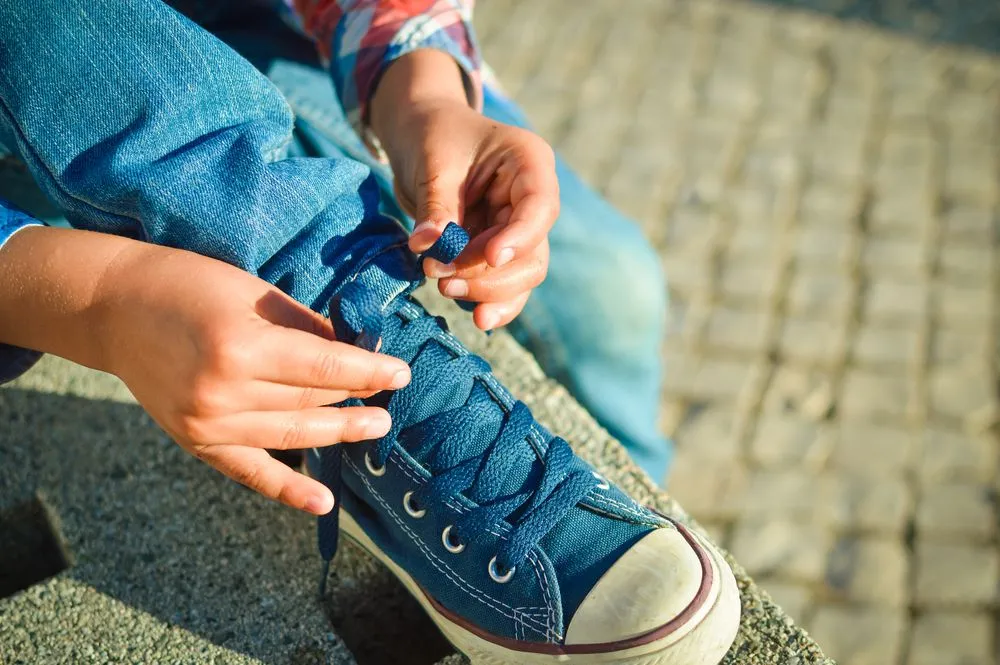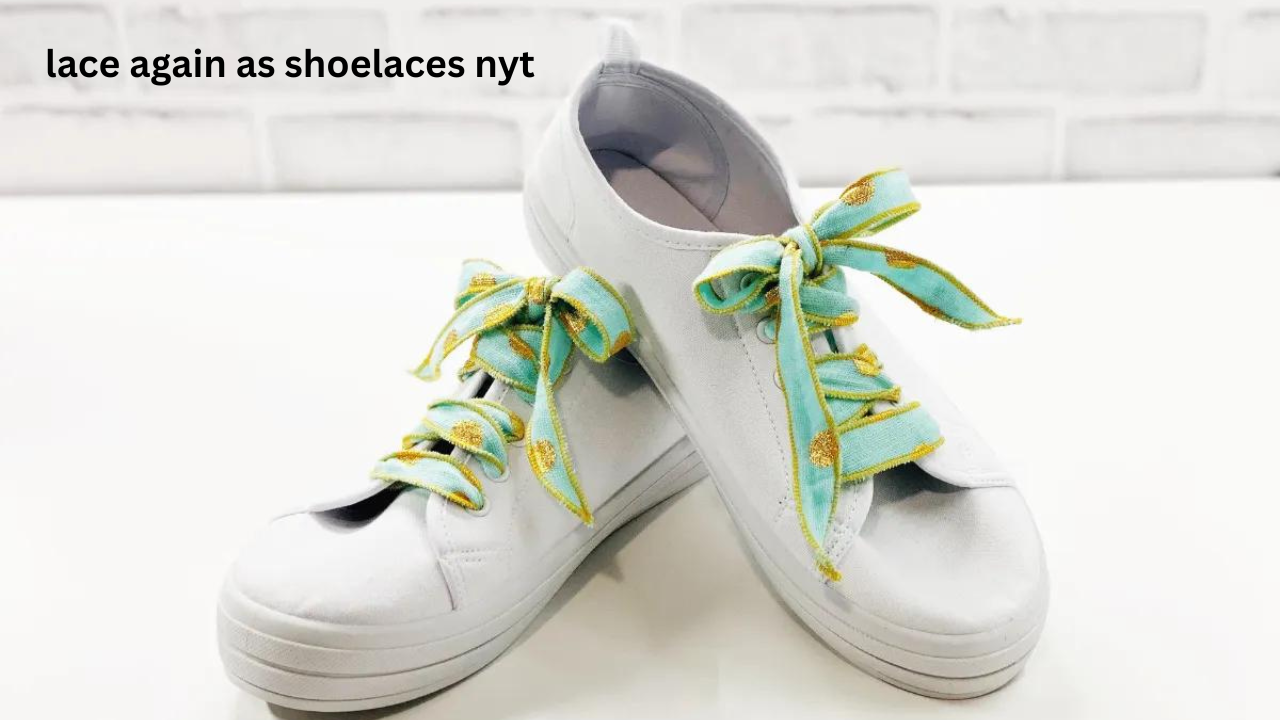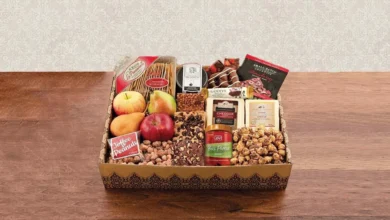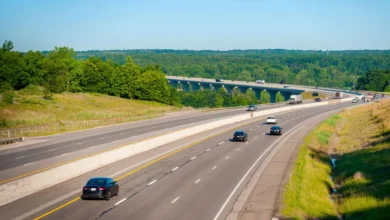Shoelaces are something we often take for granted. As simple as they may seem, shoelaces serve a practical purpose, securely fastening shoes to our feet, yet they also have a deep history, social significance, and aesthetic appeal. Over the years, the humble shoelace has evolved from a mere utility item to a fashion statement, and today, it’s once again in the spotlight, including mentions in major publications like The New York Times (NYT). This article dives into the history, significance, and resurgence of lace again as shoelaces nyt in popular culture, especially in the context of recent trends.
The History of Shoelaces: From Function to Fashion
Shoelaces, in their earliest forms, date back thousands of years. Historical evidence suggests that as early as 3500 B.C., laces were used to fasten rudimentary footwear. Found in ancient archaeological sites, these laces were typically made from natural materials like leather, sinew, or plant fibers. Early humans realized that laces provided a more adjustable and secure fit than any other type of footwear fastening method.
The Romans, during the Roman Empire used shoelaces particularly on sandals in order to fasten them. The design and materials might have changed over time, but the core concept of lacing shoes remained consistent: Should have the capability of allowing users control the intensity of the devices that are connected to it function, to easily adjustable to its environment, and to be comfortable. The lacing used here gave possibility to adjust the tightness of the shoes to one’s preference and that made these types of shoes better than other types for example those using buckles or straps.
The Evolution of Lace again as shoelaces nyt
Initially, Lace again as shoelaces The Timeless Comeback of Shoelaces were crafted from materials that were readily available, such as plant fibers or animal hides. However, with advancements in technology and industrialization, a variety of materials became available for shoelaces. Today, shoelaces are made from a diverse range of materials, each with its unique properties:
- Cotton: Cotton is one of the most widely used materials for shoelaces because this material is rather durable, and it is rather easy to dye it in various colors. Cotton shoelaces are treated by waxing to strengthen and make them water resistant.
- Polyester: Durable and less susceptible to wear and tear, polyester laces have been commonly used in athletic shoes. Outside usage laces can be used since they do not easily get damaged by rain and other weathering effects hence being mostly used on hiking shoes and other outdoor shoes.
- Nylon: Nylon lace again as shoelaces nyt are lightweight and rather flexible; they are applied in various types of branded and specialized shoes. Whereas, metal alloys are famous for their higher strength and better strength to weight ratio along with better durability and toughness.
- Leather: Solely employed in dress shoes and sandals, leather laces bring out the more fancy appearance of the product. Although they are not as elastic as cotton or polyester laces, they are enormously strong and hard-wearing.
- Elastic: These laces are used in leisure shoes or Kids’ shoes. It has shoelaces which are stretchable to offer a good grip, and there is no need to lace it, which is suitable for frequent putting on.
Each of these materials is unique in its properties but choosing the right material for shoelaces depends on the type of shoes it is to be used in.
Also Read; Developsearcher.site
The Cultural Significance of Lace again as shoelaces nyt
Using them is almost an insignia of fashion when worn on shoes and has over time evolved not only as a shoe-fasting tool. Throughout the years they have acquired an aesthetic and social significance, not to mention apparent trends in fashion or sports and in politics as well.
- Fashion Statements: In the fashion world, lace again as shoelaces nyt have become an accessory in their own right. Sneakers, in particular, have long been at the forefront of shoelace design. Many sneaker enthusiasts swap out traditional laces for custom-colored or patterned ones to give their shoes a personal flair. High-end brands have even started releasing limited-edition shoelaces to accompany their footwear, adding to their appeal as collectible items.
- Subculture Symbolism: Shoelaces have also been used as symbols of belonging within certain subcultures. For instance, in the punk rock movement of the 1970s and 80s, brightly colored shoelaces often signified rebellion or identification with a specific group. Similarly, within streetwear and sneakerhead cultures, the way laces are tied, and the colors used can communicate a sense of belonging and knowledge of the culture.
- Political Expression: And it must also be said that shoelaces have often been employed to disseminate political statements too. In some of the political activities, the color of the laces is adopted to represent a certain cause or idea. For example, red lacing has been used in some countries as a symbol of the political activists.
- Sports and Performance: In the realm of sports, shoelaces are more than just functional. Athletes often customize their laces to improve their performance or make a statement. Some athletes prefer thicker laces for added stability, while others choose flat laces to prevent them from untying mid-game.

The Resurgence of lace again as shoelaces nyt
In recent years, shoelaces have once again surged into the spotlight, thanks to several high-profile mentions in major media outlets like The New York Times. As discussed in an NYT article titled “Lace Again: Shoelaces Take the Spotlight,” shoelaces have become a key element of personal expression, reflecting broader trends in fashion and culture.
The enthusiasts of fashion have also played a major role into the revival paying tribute to streetwear and sneaker culture. The function of shoes is not just to serve the purpose of feet anymore but they have become objects were people can state something about themselves. They have been one of the most vital factors contributing to this kind of detail, shoelaces. Shoe affectionados such as the Sneakerheads further customize their sneakers by changing the laces as they design a pair of shoes that cannot be seen anywhere else.
Types of Shoelaces and Their Significance
Not all shoelaces are created equal. Depending on the shoe type and personal preference, various lace designs and materials are better suited for specific uses. Here are some of the most popular types of shoelaces available today:
- Flat Shoelaces: These are the most common type of laces found on casual shoes and sneakers. Flat shoelaces are often preferred because they distribute pressure evenly across the foot, reducing the risk of discomfort.
- Round Shoelaces: Typically used in boots and dress shoes, round laces are strong and durable. They are often preferred for outdoor or work footwear because they are less likely to fray or break under heavy use.
- No-Tie Shoelaces: Often made from elastic materials, no-tie laces have become popular for both adults and children. They offer the convenience of a snug fit without the need to constantly retie them, making them ideal for those with active lifestyles or limited mobility.
- Waxed Shoelaces: These are waxed laces to ensure that they do not get easily stained by water or easily get dirty. They are particularly common with formal or dress shoes because their waxed surface adds a special shine, apart from making them last longer.
- Reflective Shoelaces: Popular among runners and cyclists, reflective lace again as shoelaces nyt are designed to enhance visibility in low-light conditions. They are often used in athletic shoes for added safety during night-time activities.
- Patterned Shoelaces: For those looking to add a bit of personality to their shoes, patterned laces are a popular choice. From polka dots to camouflage prints, there is a wide range of patterns available to suit any style.
The Environmental Impact of Shoelaces
As with any product, it’s important to consider the environmental impact of shoelaces. Most shoelaces are made from synthetic materials like polyester and nylon, which are derived from petroleum. These materials are not biodegradable and contribute to the growing problem of plastic waste.
However, some companies are taking steps to reduce the environmental impact of shoelaces by offering more sustainable options. Brands like Parley for the Oceans have created shoelaces from recycled ocean plastics, while others are experimenting with biodegradable materials like hemp and organic cotton. These eco-friendly alternatives are helping to reduce the carbon footprint of shoelaces and encourage more sustainable fashion practices.
How to Care for Your Lace again as shoelaces nyt
Just like shoes, shoelaces require care and maintenance to ensure they last as long as possible. Here are some tips on how to care for your shoelaces:
- Cleaning: Shoelaces can easily get dirty, especially if they are worn outdoors. To clean them, simply remove them from the shoes and wash them in warm, soapy water. For stubborn stains, a small brush (like an old toothbrush) can help scrub away dirt. After washing, let the laces air dry.
- Replacing: In time the shoelaces become frayed through constant use and they may not be quite as strong as they used to be. In this case it is advisable to replace the laces with new ones should they begin to fray or when they become hard to tie. One need to frequently assess the state of their laces so that they do not fray at some wrong time.
- Storage: When not in use, it’s best to store your shoelaces in a cool, dry place. This will prevent them from becoming brittle or damaged by moisture.
Conclusion
Shoelaces, once considered a simple, functional item, have evolved into an important accessory that plays a significant role in both fashion and function. Their versatility, range of materials, and cultural significance have made them an essential part of our everyday lives. Whether you’re lacing up a pair of sneakers or donning formal shoes, the right lace again as shoelaces nyt can elevate your style and provide the perfect finishing touch.
The resurgence of shoelaces in fashion, as highlighted in The New York Times and other media outlets, is a testament to their enduring appeal. From sneakerheads to fashion designers, people everywhere are rediscovering the potential of laces to express individuality and creativity. So, lace again and step into a world where shoelaces are more than just a necessity—they’re a statement.




